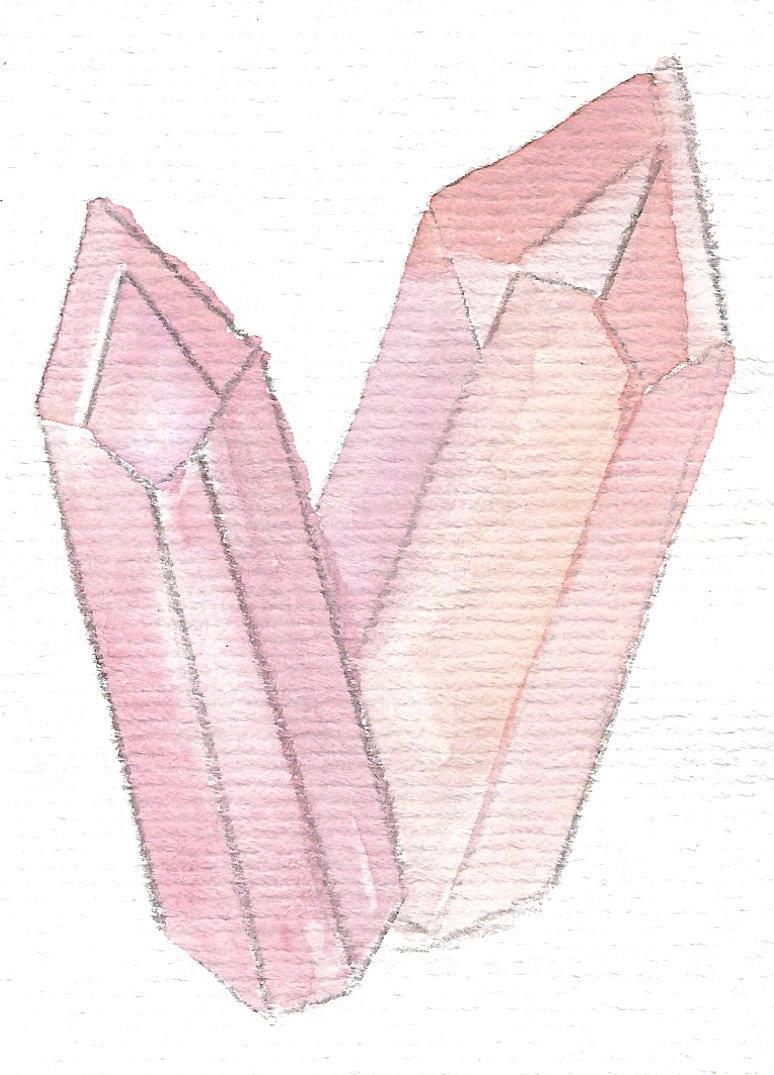18
THE LINK
Fetishizing technology widens the gender gap in journalism When it comes to gender equity in media, our tech culture is only making things worse Clara Gepner
A
recent survey by the International Federation of Journalists has revealed that the COVID-19 pandemic has disproportionately affected female journalists. This comes as no surprise as we know there is an ongoing gender crisis in media throughout the world. Despite the so-called feminization of journalism and anecdotal evidence of women at the highest levels of the profession in Canada, female journalists, in general, are still underpaid. Data from the 2016 Statistics Canada census shows that male journalists were paid an average of $5,500 more than women, and women of visible minorities were paid an average of $28,000 less than white men. They were also underrepresented in top-level management and governance positions, according to the International Women’s Media Foundation’s 2011 Global Report on the Status of Women in the News Media. This gender crisis is set against the backdrop of the larger crisis of journalism, caused by the digital revolution and the ensuing drop in advertising revenues that has triggered news outlet closures and job losses throughout the world. Despite the problems it has caused, technology has been lauded by some forward-thinking journalists as journalism’s saving grace. To them, fancy technological advances—such as data visualizations, interactives, and virtual reality—are the solution to dropping readership and audiences’ lack of trust in journalism. However, like Nikki Usher argued in her 2014 Washington Post op-ed, I think fetishizing technology could widen the gender gap by making it harder for women to thrive in journalism jobs. Although technology potentially creates some opportunities for women, who can create brands and carve T HEL INK NE W SPA P ER .C A
new niches for themselves through social media and blogs, it may make things worse for them in legacy and digital-first news organizations. Vivian Smith writes in her 2015 book Outsiders Still that, although there are more women in journalism schools than men, few women remain in journalism careers once they have children because of “workplace inflexibility and newsroom cultural inequities.” Newsroom culture, whether in legacy media or new digital start-ups, heavily discriminates against women, with editors assigning fewer hard news stories to women, offering them fewer opportunities for advancement, and pushing them into precarious freelance work. And as Usher explains, “technology brings with it a toxic culture that has long marginalized women” into an already discriminatory newsroom environment. Today, very few newsrooms are still hiring, but those that do, mostly digital-first start-ups, are looking for people who can analyze data, code, and make infographics and interactives. Unfortunately, this means the only jobs available in journalism are for programmers: mostly white men work in tech. This is in part because from a young age, women are discouraged from working in STEM and computer science, and the culture within these fields discourages those few who make it from staying in these careers. According to Statistics Canada, the number of women working in computer science in Canada decreased from 30 per cent to 25 per cent between 1991 and 2011, despite an overall increase in the number of people working in these fields. Some journalists are trained in programming in journalism schools, and since women are overrepresented there, one could think that most women journalists now entering the field are capable of producing interactives and visualizations. However, the pervasive male-centric culture of tech




